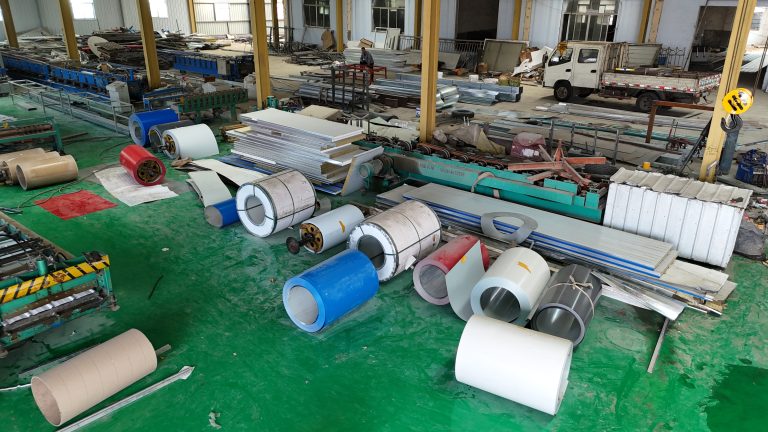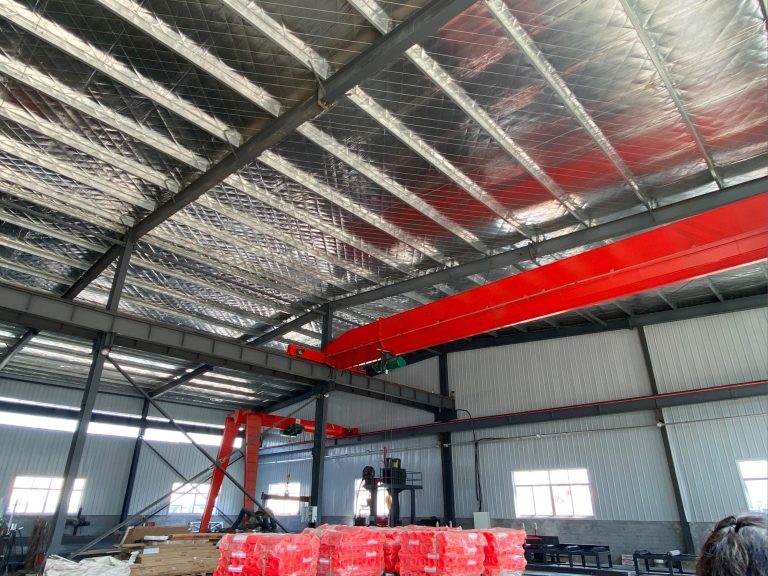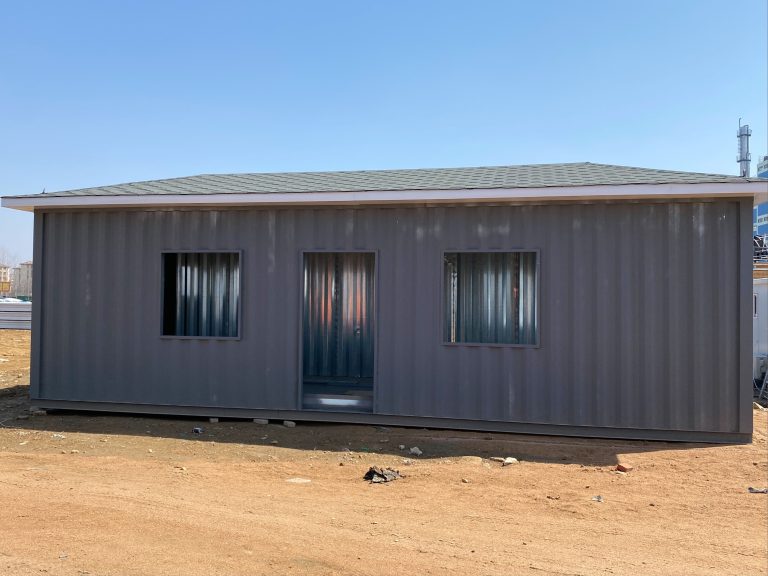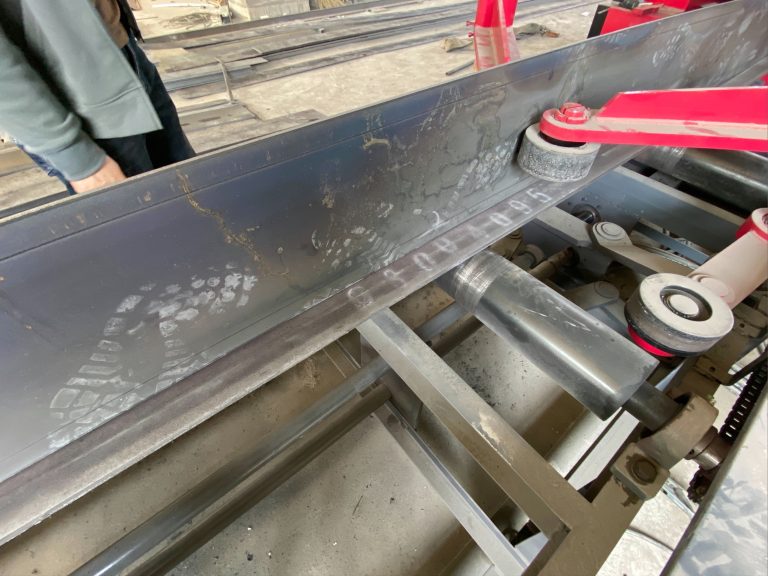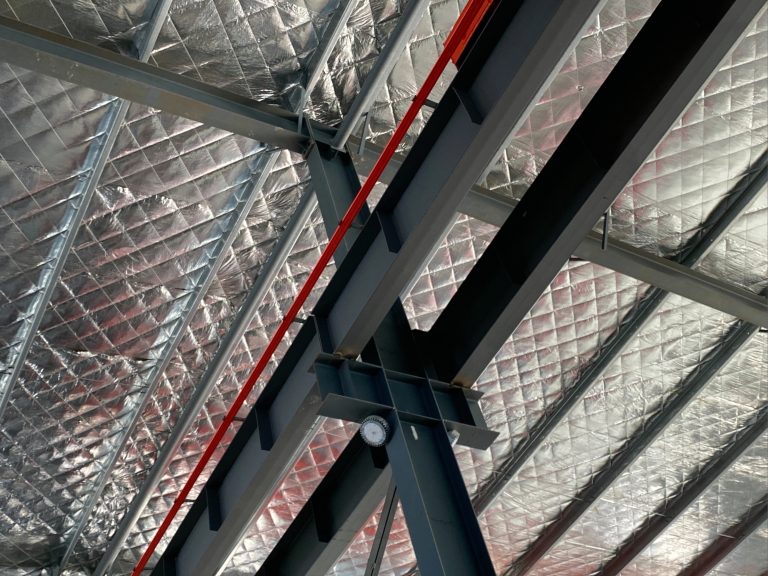What is the sound absorption principle and acoustic effect of the sound absorption board?
Understanding the Sound Absorption Principle
Sound absorption boards are a popular choice for improving the acoustics of a room. But what exactly is the sound absorption principle, and how does it work to create a more pleasant acoustic environment? In this article, we will explore the science behind sound absorption and the acoustic effects of sound absorption boards.
Sound absorption is the process by which sound energy is converted into heat energy when it comes into contact with a material. This is achieved through the friction and vibration of the molecules in the material as they absorb the sound waves. The amount of sound energy that is absorbed by a material is determined by its absorption coefficient, which is a measure of how effectively the material can convert sound energy into heat energy.
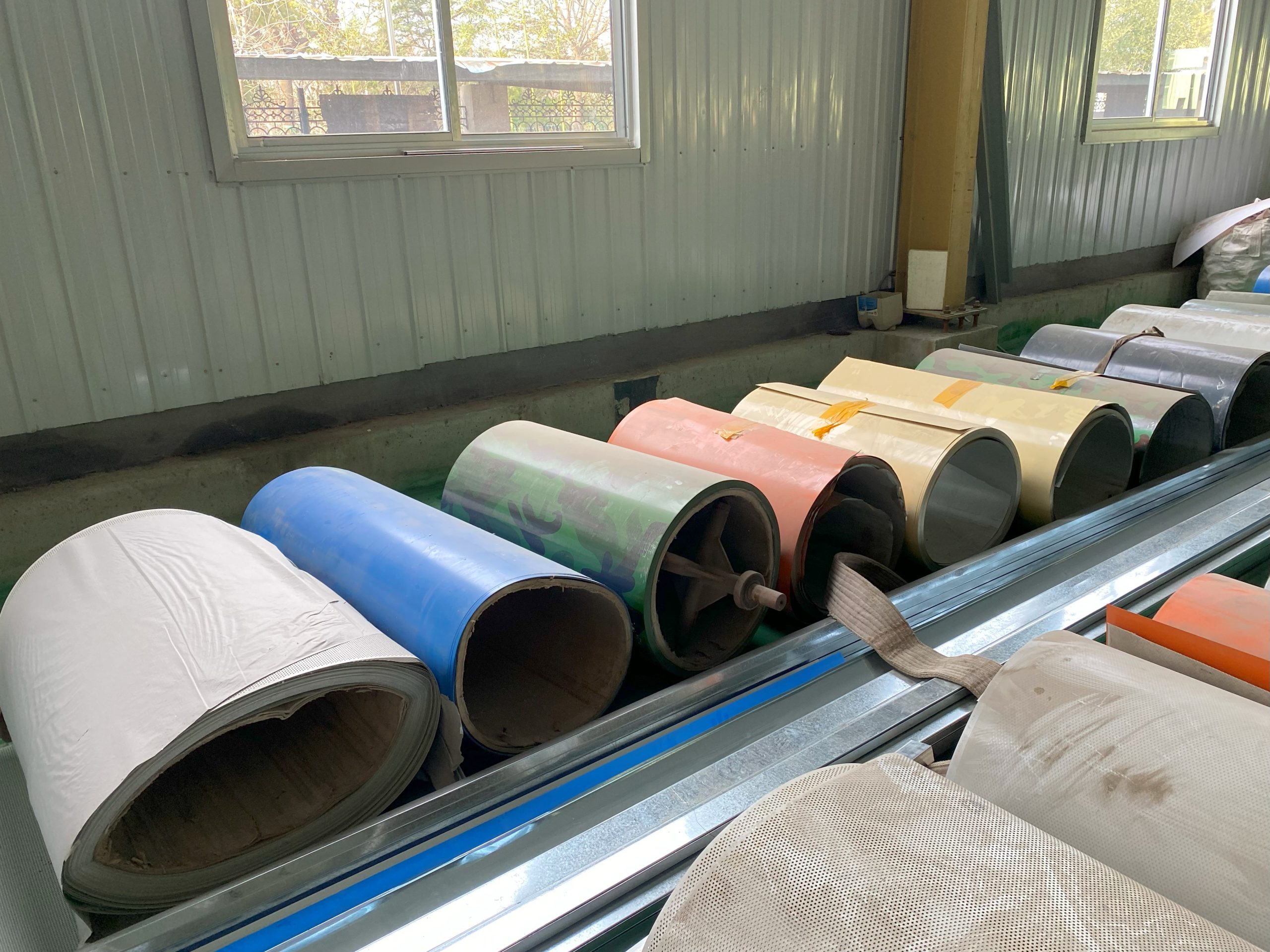
Sound absorption boards are designed to have high absorption coefficients, making them effective at reducing the reverberation and echo in a room. When sound waves hit the surface of a sound absorption board, they are absorbed rather than reflected back into the room. This helps to reduce the overall noise level in the room and create a more comfortable listening environment.
The acoustic effects of sound absorption boards can be significant, especially in rooms with hard surfaces that tend to reflect sound waves. By strategically placing sound absorption boards on walls, ceilings, and floors, it is possible to control the acoustics of a room and improve its sound quality. This is particularly important in spaces such as recording studios, theaters, and conference rooms where clear communication and high-quality sound reproduction are essential.
In addition to reducing reverberation and echo, sound absorption boards can also help to improve speech intelligibility and reduce background noise. This is because the absorption of sound waves prevents them from bouncing around the room and interfering with the clarity of speech. By creating a more acoustically balanced environment, sound absorption boards can enhance the overall listening experience for both speakers and listeners.
It is important to note that the effectiveness of sound absorption boards can vary depending on the material used and the thickness of the board. Different materials have different absorption coefficients, with some being more effective at absorbing high-frequency sounds while others are better at absorbing low-frequency sounds. Thicker boards are generally more effective at absorbing sound waves, but they may also be more expensive and difficult to install.
When choosing sound absorption boards for a room, it is important to consider the specific acoustical needs of the space. For example, a recording studio may require sound absorption boards with a high absorption coefficient to minimize background noise and create a clean sound recording environment. On the other hand, a conference room may benefit from sound absorption boards that are designed to improve speech intelligibility and reduce echo.
In conclusion, sound absorption boards play a crucial role in improving the acoustics of a room by absorbing sound waves and reducing reverberation and echo. By understanding the sound absorption principle and the acoustic effects of sound absorption boards, it is possible to create a more comfortable and enjoyable listening environment. Whether you are designing a home theater, a recording studio, or a conference room, sound absorption boards can help you achieve the perfect balance of sound quality and clarity.


